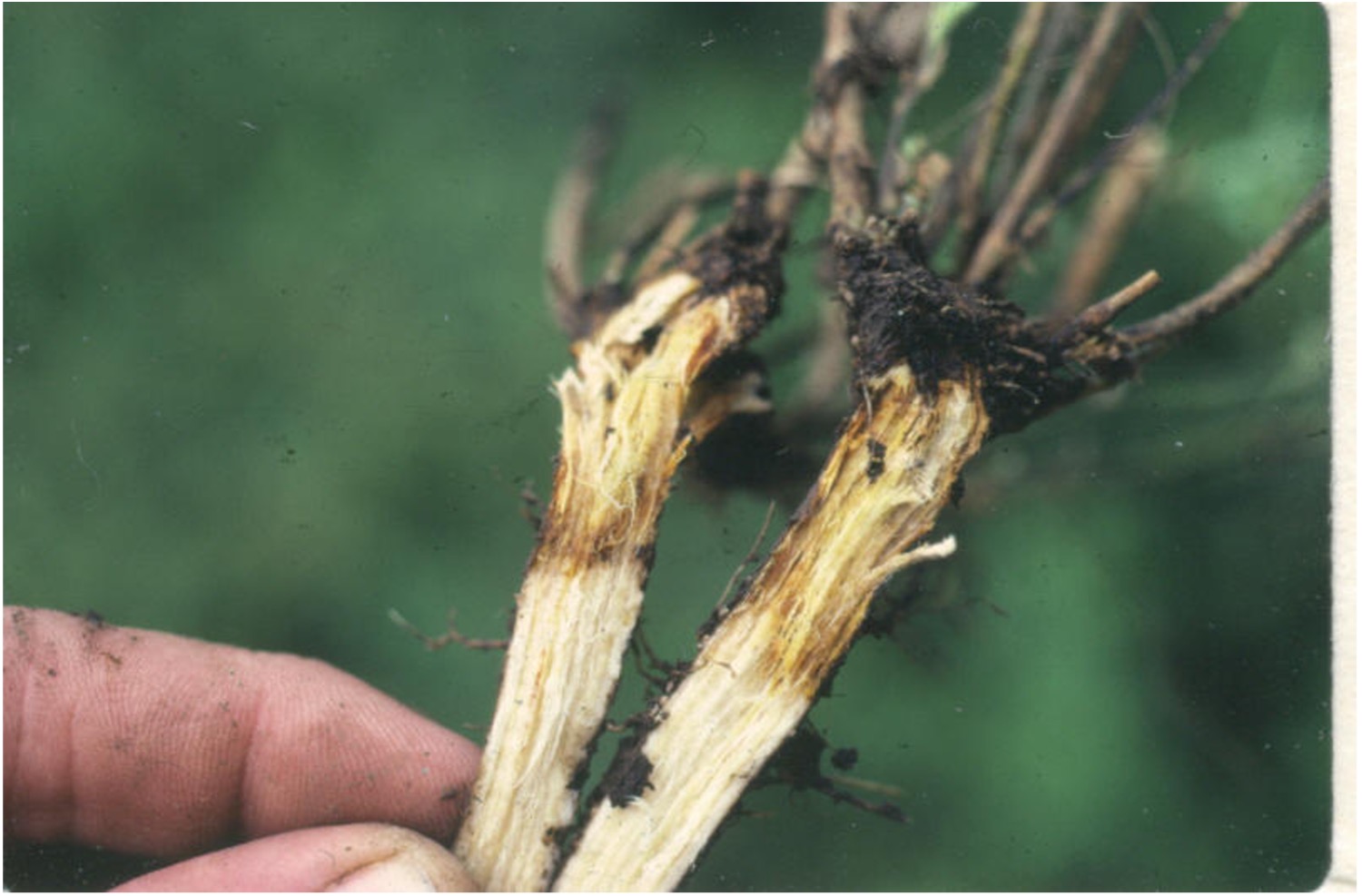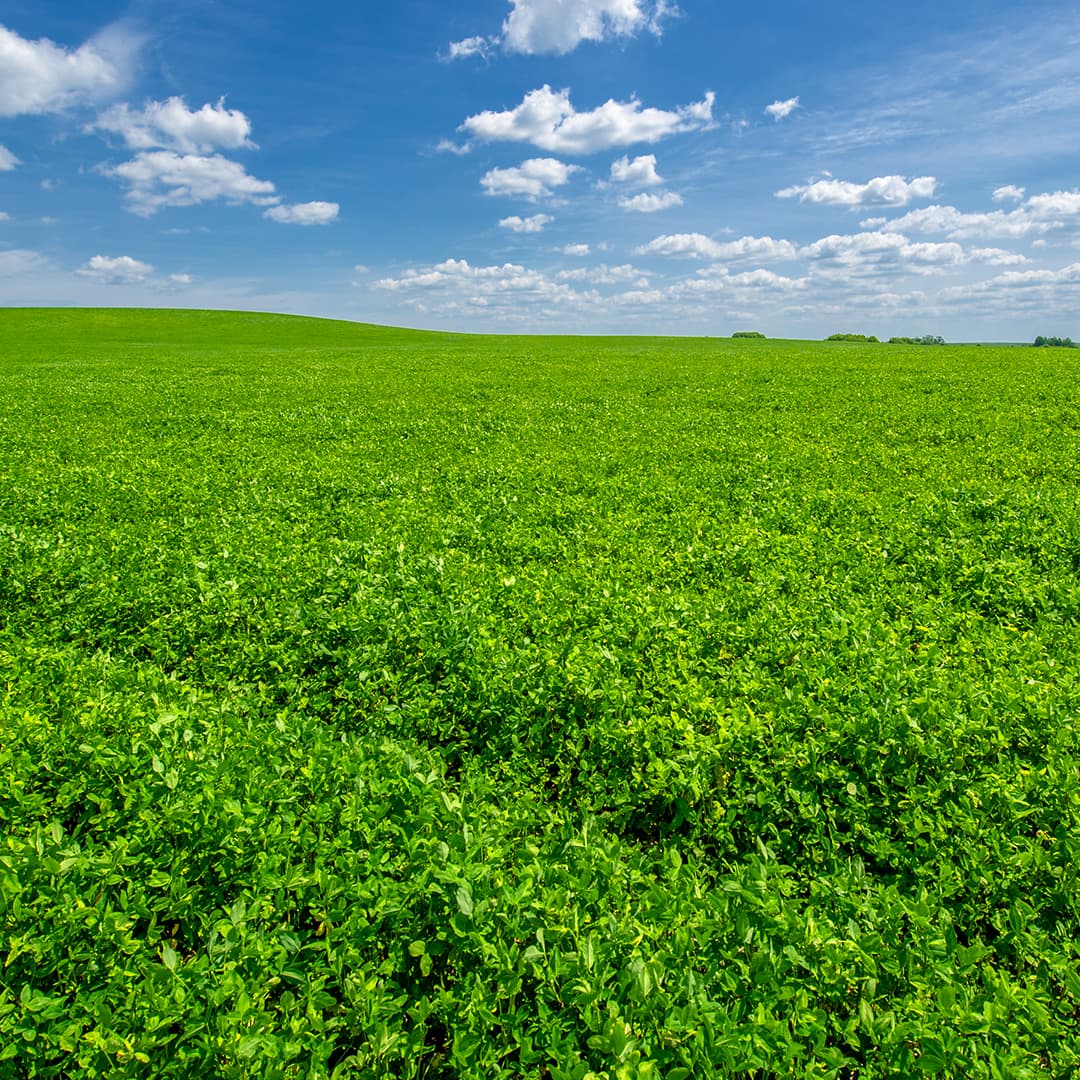As alfalfa stands begin to green up we think the winter was kind and we had sufficient winter hardiness in our alfalfa varieties – but did we really? I believe that the greatest loss from insufficient winter hardiness is winter injury (not death) which results in lost yield. Buds for growth in the spring are formed in the fall. If the alfalfa variety is not sufficiently winter hardy, many of these buds will be killed over winter. This means that the plant must start over to make new buds and that spring growth (and forage yield for the season is reduced). Winter injury often results in half a ton or more per acre yield loss.
What are the symptoms of winter injury?
- Slow Green-up. If other fields in the area are starting to grow and yours are still brown, you should check your stand for injury or death.
- Uneven, Asymmetrical Growth. Uninjured buds will start growth early while killed buds must be replaced by new buds formed in the spring. This results in shoots of different height on the same plant.
- Stem Density. Once the alfalfa stand is at least 6 inches tall, determine the average number of stems per square foot in at least four representative areas per field.
A minimum of 3 to 4 alfalfa plants must be present per square foot to ensure that the stand still has good production potential. However, stem density is a better determinant of yield potential since plants that are injured can still survive, but have significantly reduced stem number and thus yield potential. Stands with an average stem density of >55 stems per square foot are in good shape and have potential for continued high production. Stands with <40 stems per square foot should be replaced or inter-seeded. Stands with between 40-55 stems per square foot are probably in their last year of production.
If you see any of the above symptoms in your alfalfa fields as they begin to green up, you should be planting more winter hardy varieties of alfalfa to avoid winter injury and yield loss.


